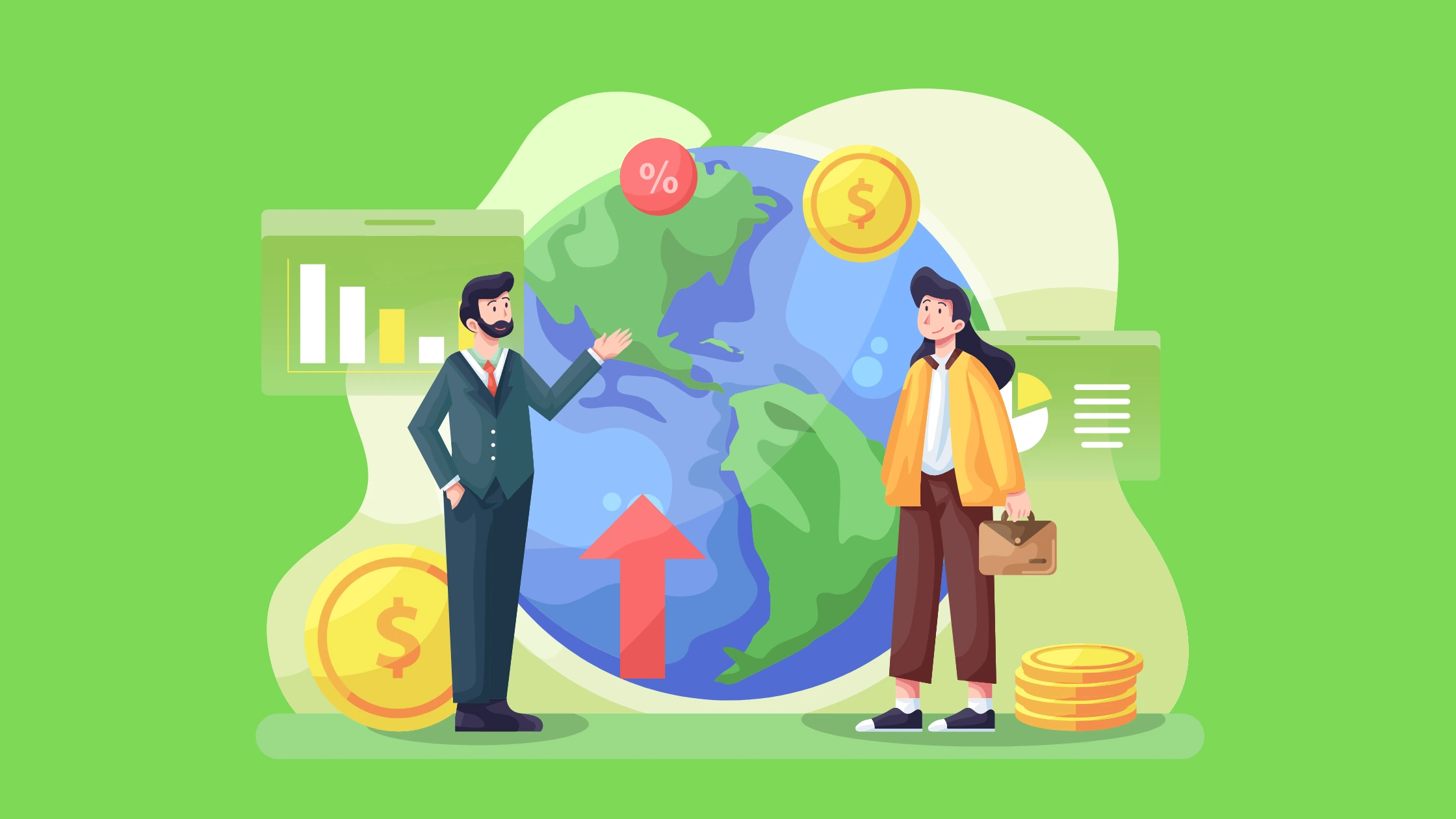Welcome to the brave new world of work, where the traditional 9-to-5 is being replaced by a new paradigm known as the gig economy. Freelancers, independent contractors, and gig workers are now becoming the norm, with platforms like Uber, TaskRabbit, and Upwork leading the charge. But what does this shift mean for those who are part of the gig economy, and what impact will it have on the future of work?
In this article, we’ll explore the rise of the gig economy and what it means for freelancers, businesses, and the wider economy. So grab your latte, buckle up, and let’s dive in.
What is the Gig Economy?
In simple terms, the gig economy refers to a group of independent contractors, self-employed individuals, and freelancers who offer their services on a short-term basis. This type of work is made possible by digital platforms like Uber, TaskRabbit, and Upwork, which connect freelancers with people and businesses in need of their services.
According to a report by the McKinsey Global Institute, the gig economy is growing at a rapid pace, with up to 162 million people in Europe and the United States working in the gig economy, which is about 20-30% of the working-age population.
The Benefits of the Gig Economy for Freelancers
One of the most significant benefits of the gig economy for freelancers is the flexibility it offers. Freelancers can choose their projects, work on their own terms, and set their own schedules. This level of autonomy is unparalleled and allows freelancers to maintain a healthy work-life balance while pursuing their passions.
Additionally, freelancers in the gig economy can earn more money than traditional employees. A survey by Upwork found that 44% of freelancers earn more freelancing than with a traditional job in 2021; this is up from 39% in 2020 and 32% in 2019
And, as self-employed individuals, freelancers can take advantage of tax benefits, such as deducting business expenses from their taxable income.
Another benefit of the gig economy is the ability to gain a diverse range of experiences. Freelancers often work with a variety of clients, which can help them build a diverse portfolio of skills and experiences. This can be particularly useful for freelancers who are just starting out in their careers or looking to transition into a new field.

Image source: Drishti IAS
The Downsides of the Gig Economy for Freelancers
While the gig economy offers many benefits to freelancers, there are also some downsides to consider. One of the main downsides is the lack of job security. Freelancers do not have the same protections as traditional employees, such as healthcare benefits, sick pay, or retirement plans. This can be a real issue, particularly for those who have families to support.
Another potential downside of the gig economy is the lack of stability. Freelancers may find it challenging to maintain a steady income stream, as their work is often project-based and can fluctuate in volume. This can make it challenging to plan for the future and can lead to financial instability.
What Does the Gig Economy Mean for the Future of Work?
The gig economy is transforming the way people work and is expected to have a significant impact on the future of work. According to a survey by Freelancers Union and Upwork, 60 million Americans did freelance work in 2022, which is an increase from 57 million in 2019. The survey also found that freelancers valued the flexibility and control over their work that the gig economy provided.
As the gig economy grows, technology is playing an increasingly important role. Digital platforms like Fiverr and TaskRabbit are connecting freelancers with clients and making it easier to manage projects. Additionally, the COVID-19 pandemic has accelerated the shift towards remote work, with many companies embracing the flexibility and cost savings that it offers.
However, the gig economy also has its challenges. A survey by the Economic Policy Institute found that gig workers earn, on average, 58% less per hour than traditional employees, and many lack access to benefits like healthcare and retirement plans. Additionally, the classification of gig workers as independent contractors rather than employees has been the subject of much debate, with some arguing that this leaves them without important labor protections.
Case Study: The Growth of the Gig Economy in the United States
The gig economy has emerged as a significant player in the US labor market in recent years. In 2021, a survey by Upwork revealed that 36% of the US workforce freelanced, up from 17% in 2014. This points to a growing trend of workers seeking flexibility and autonomy in their work arrangements.
While the gig economy has created new opportunities for workers, it has also sparked controversy over worker classification. Many gig workers are classified as independent contractors, which means they are not entitled to benefits and protections under employment law. However, a report by the Economic Policy Institute estimates that up to 30% of independent contractors are misclassified and should be considered employees.
The misclassification of workers has significant implications for the gig economy, as it can lead to wage theft and exploitation. In response, some states have taken action to protect gig workers’ rights. For example, California passed AB5, a law that aimed to reclassify many gig workers as employees, although it has faced challenges in court and has been modified in some cases.
Overall, the growth of the gig economy in the US has been a double-edged sword, providing new opportunities for workers while also highlighting the need for better protections and regulation. As the gig economy continues to evolve, it will be essential to strike a balance between flexibility and fairness for workers.

Conclusion
The gig economy is a significant part of the changing world of work. While it offers many benefits to freelancers, such as flexibility and higher earnings potential, it also has its downsides, such as job insecurity and financial instability. The gig economy is expected to continue to grow in the future, with implications for remote work, technology, and the classification of employment status.
As the gig economy evolves, it will be important to ensure that gig workers are protected and have access to the benefits and protections that they need. This may require changes to employment laws and regulations to ensure that gig workers are treated fairly and equitably.
What do you think about the future? Drop your thoughts in the comment








![Top 5 Personal Branding Examples [2024]](https://fueled.community/wp-content/uploads/2024/05/Source-Proideators.com-9-551x431.png)


Leave feedback about this